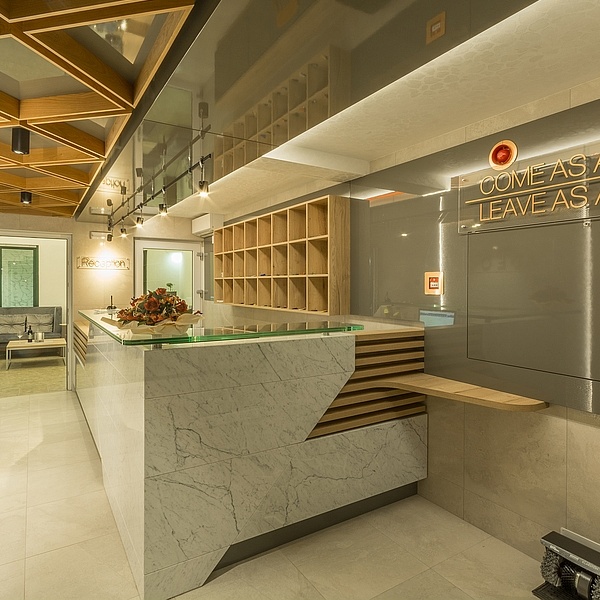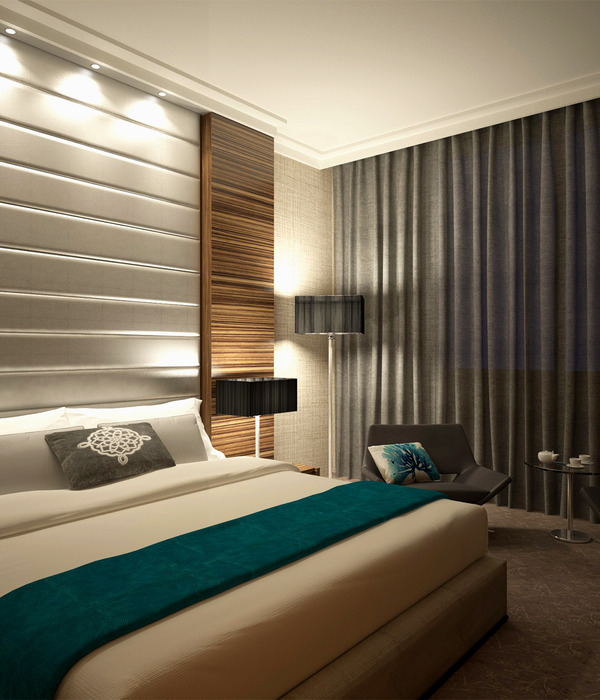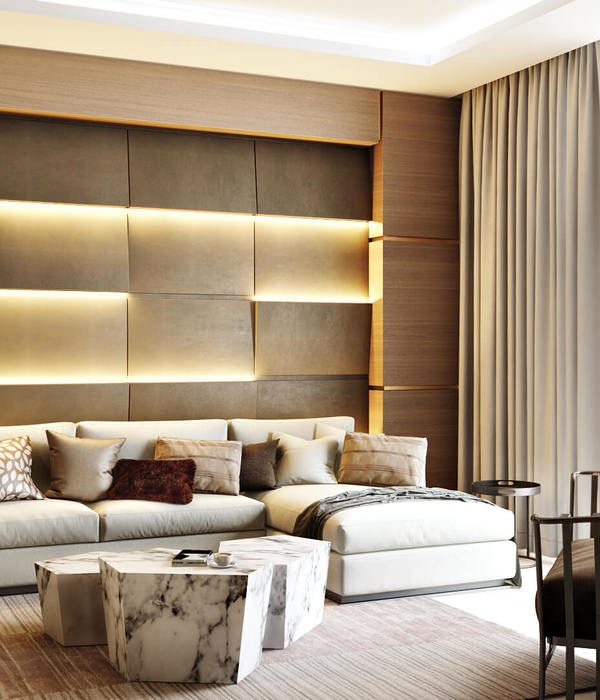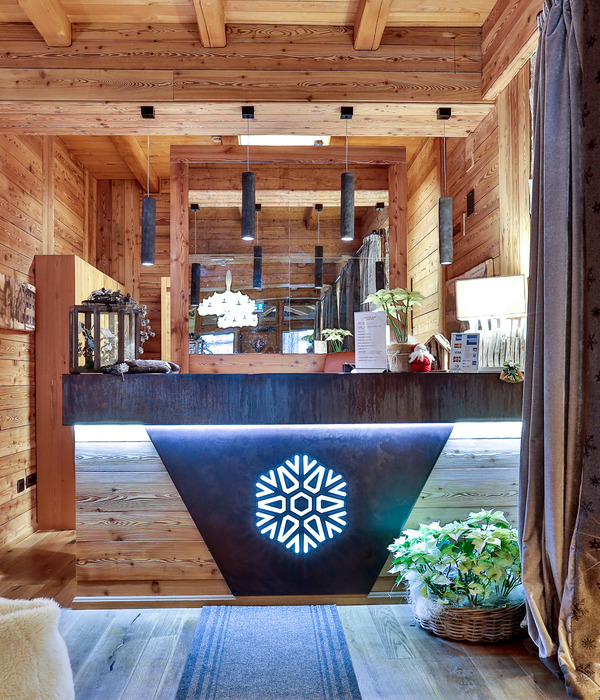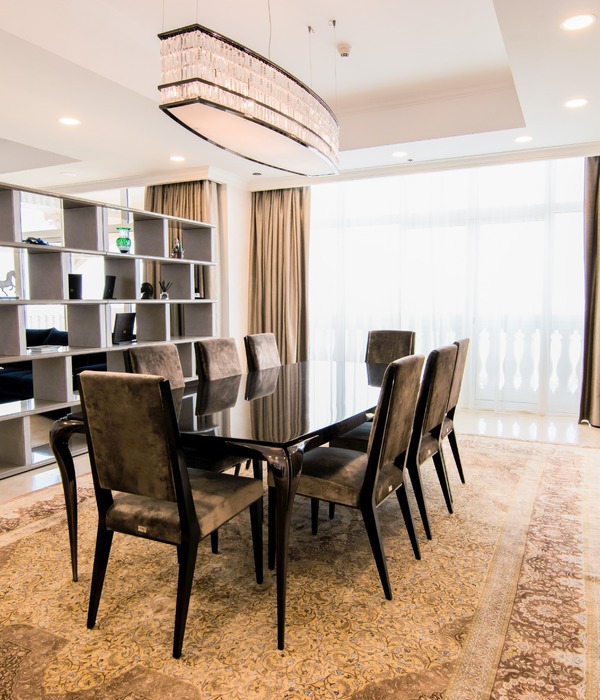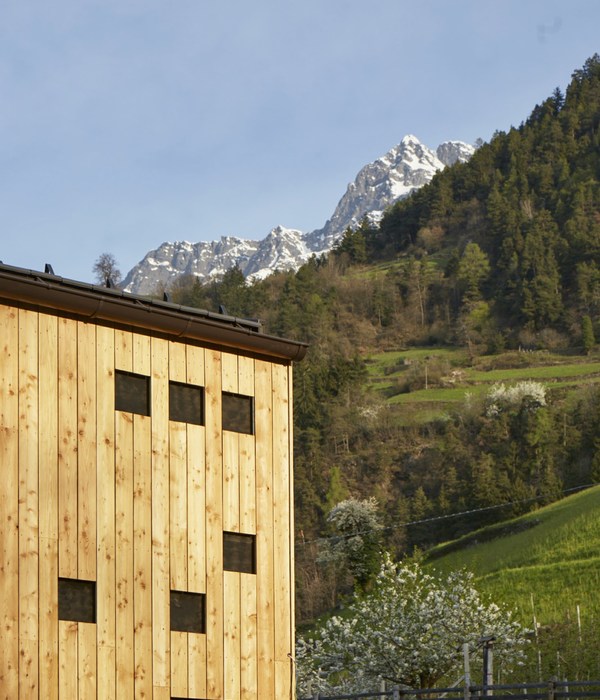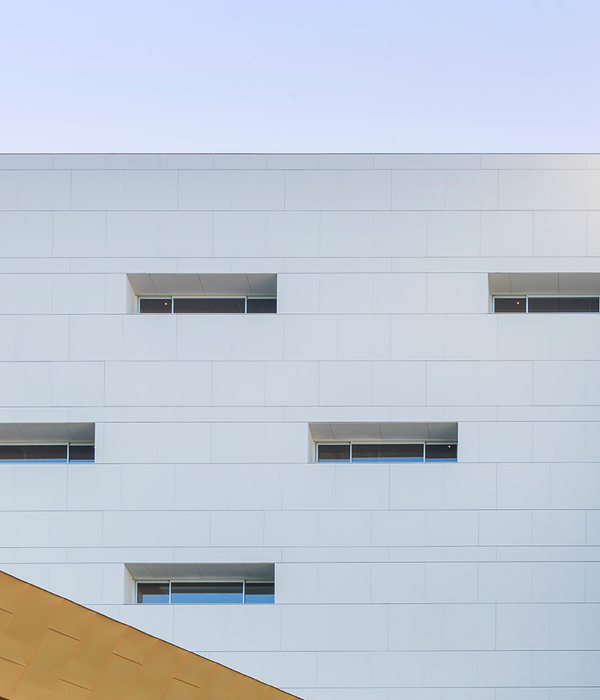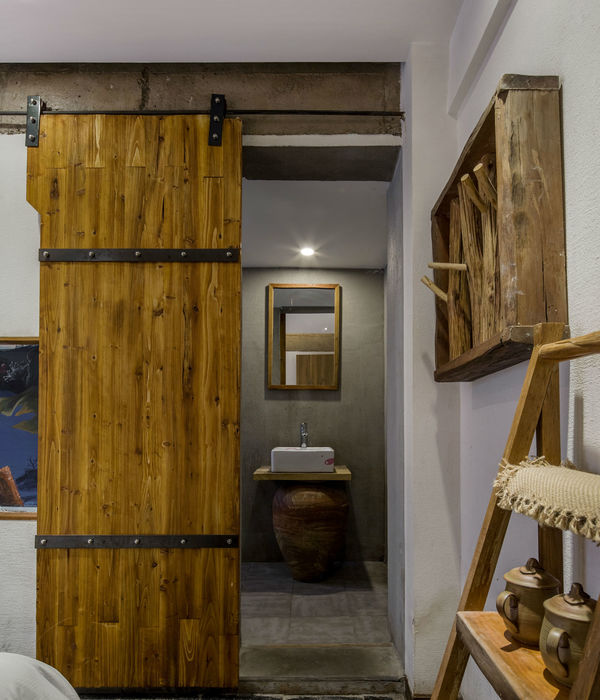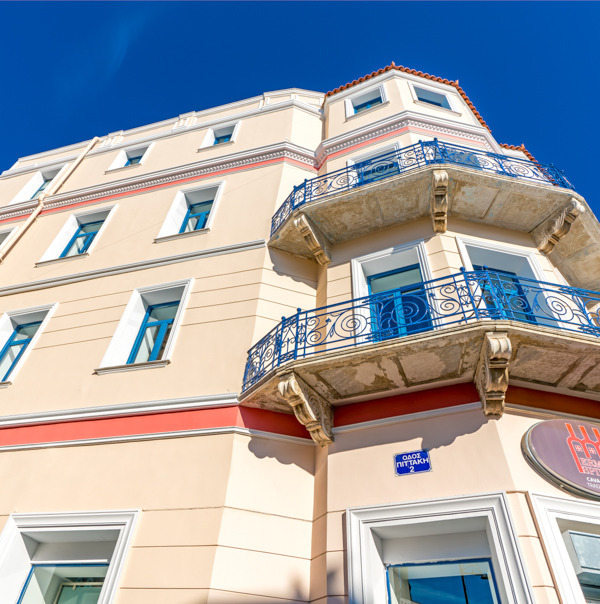Yongning ancient city, located in Yongning Town, Yanqing District, northwest of Beijing. It is built since the Zhenguan 18th year (644 AD), also known as Cold River City. Flourishing in the Yongle 12th year, it was a garrison town of Yanjing. There is a saying said, Yongning City first, followed by the Ming Tombs.
In the center of the ancient town, there is a pavilion named ‘The Jade Emperor Pavilion’ In the northeast of the pavilion, there is a courtyard named after its owner, Shun, which is known as ‘Shun Garden’. The courtyard has fallen into disused for over ten years until the owner got back and decided to build three guesthouses, ‘Flying Apsaras’, ‘Lying Dragon’ and ‘Singing Phoenix’ in aim of preserving and influencing Peking culture. We then got an invitation from the owner.
In ‘Shun Garden’, we are enchanted and inspired by ‘the Jade Emperor Pavilion’. Strolling down the old streets, we are moved by simple folkways in this town. Farmers, workers, women and children, walk and play on streets. The smell of Clay oven rolls and Tofu spread in long alleys. It is our challenge to build elegant guesthouses and peaceful garden in such ablare streets. So the courtyard is divided into two parts according to spatial functions by a tall screen wall, the South and the North. Every guesthouse is with one Xuan. Xuan, a kind of veranda with side windows. People in Xuan could see through inclined skylight for viewing ‘the Jade Emperor Pavilion’. The more visitors the pavilion has, the more guests will stay. So all of the views in Xuan face toward the Pavilion.
Though the courtyard is hidden from the main street, it faces South which let light straight in. We made a relaxing timber platform where people could stay. Green bamboo and stones are places in garden to meet client’s need as he believes people could not reside without bamboo. There is a leafy old tree in east yard and we keep it all. The old house was only one level with surprisingly high beams. Straw mats are placed on the beams for keeping cold air out. Inside we designed two levels connected by cabinet of curiosity instead of staircase, the upper level for sleeping and the lower level for living in a high hall. They are not luxurious but vernacular, peaceful enough for a deep sleep.
Outside the high wall, we build a waterside pavilion with walls of holes that look like bead curtain as a place for banquet and entertainment including breakfast. Near pavilion we build a goldish wide staircase where people could walk onto neighbour’s roof to the castle tower. The view to the Pavilion is suddenly enriched there. In front of the staircase, there is a screen wall and a pond with koi fish that means ‘Great fortune under golden platform’. Outdoor movies are projected at night on the screen wall for audience sitting on the staircase. Imagine the Jade emperor could also enjoy the happiness with its people.
On the west courtyard there is an enclosed yard. We covered the ground by sand for playing children and pets as the walls around restrict their activity range. Parents do not have to worry about missing them and are able to enjoy their time away from children in the courtyard. In front of the entrance is a quiet lane connects to the old street on both sides. Compared to the noisy sound of sellers and pedestrians, the courtyard is like an another world of peace and silence.
It is completed after experiencing a year of construction. We have added one screen wall, one staircase, one waterside pavilion and three veranda compared to the ‘Shun Yuan’ before. It is small but has great scene of the Jade Emperor Pavilion. Strolling idly in the courtyard in refreshing breeze, you could smell the natural fragrance of wood and grass. The capital is hundreds miles to the South, air is cooler and cleaner here. Mountains and rivers that stretch for hundreds miles are on the north and you could visit ancient cities like Tumu Fortress, Jimingyi Dak to the west.
The ancient anecdotes have past and we will never know. The techniques of our ancestors are inherited in today’s manufacturings but we do not rebuild same one. This is how we carry forward the cause and forge ahead into the future, how we adjust measures according to local context. Yanqing, a historic place, which was named Juyong in Qin dynasty, named Weichuan in Han, Tang dynasty and named Jinshan, Longqing, Yanqing afterwards. It contains rich history and culture. Therefore, being in a city corner like this, we would like to call it ‘Jinshan Hidden Lane’.
{{item.text_origin}}

